A circular economy is regularly presented as a possible solution to the environmental crisis facing the world today. The question is: is that economic model compatible with fair trade? How can fair trade apply circular economy principles, and what benefits would this bring?
“I think that at some point there will have to be a realisation that the higher the quality of products, and the higher the environmental and human standards, the more we will be able to protect the workers here in Europe and the producers in the South.”
Emmanuel Mossay Tweet
With the world currently in the grip of a climate and environmental crisis – plus an economic crisis since the outbreak of the COVID-19 pandemic – the circular economy concept is increasingly being pushed forward, but isn’t always being used appropriately. Environmentalists advocate a circular economy as one of the only, if not the only, option for the long-term future. Politicians promise to make a circular economy the economic model for our society of tomorrow. And sometimes even multinationals, which do not particularly shine at environmental or social commitment, do their utmost to apply its principles. But what exactly is a ‘circular economy’?
According to Emmanuel Mossay, expert in circular economy and visiting professor at various Belgian universities, there are no fewer than 114 different definitions for it: “Put simply, it is about extending as much as possible the lifespan of raw materials, materials and products in the system. With as much respect as possible for nature, and of course for the people who are part of it.”
We would add that a circular economy is diametrically opposed to the linear economic model that is currently prevalent, in which materials and products are thrown away as waste at the end of their lifespan. They follow the cycle of ‘mine – process – consume – throw away’.
A closer look: Villageworks Cambodia
Villageworks Cambodia was founded in 1998. The organisation mainly produces bags made from recycled cement bags. They also make bamboo straws, clothing accessories, decorative items and baskets. The main goal of the organisation is the financial empowerment of women in rural areas of Cambodia. But they have gradually expanded their project to people with disabilities.
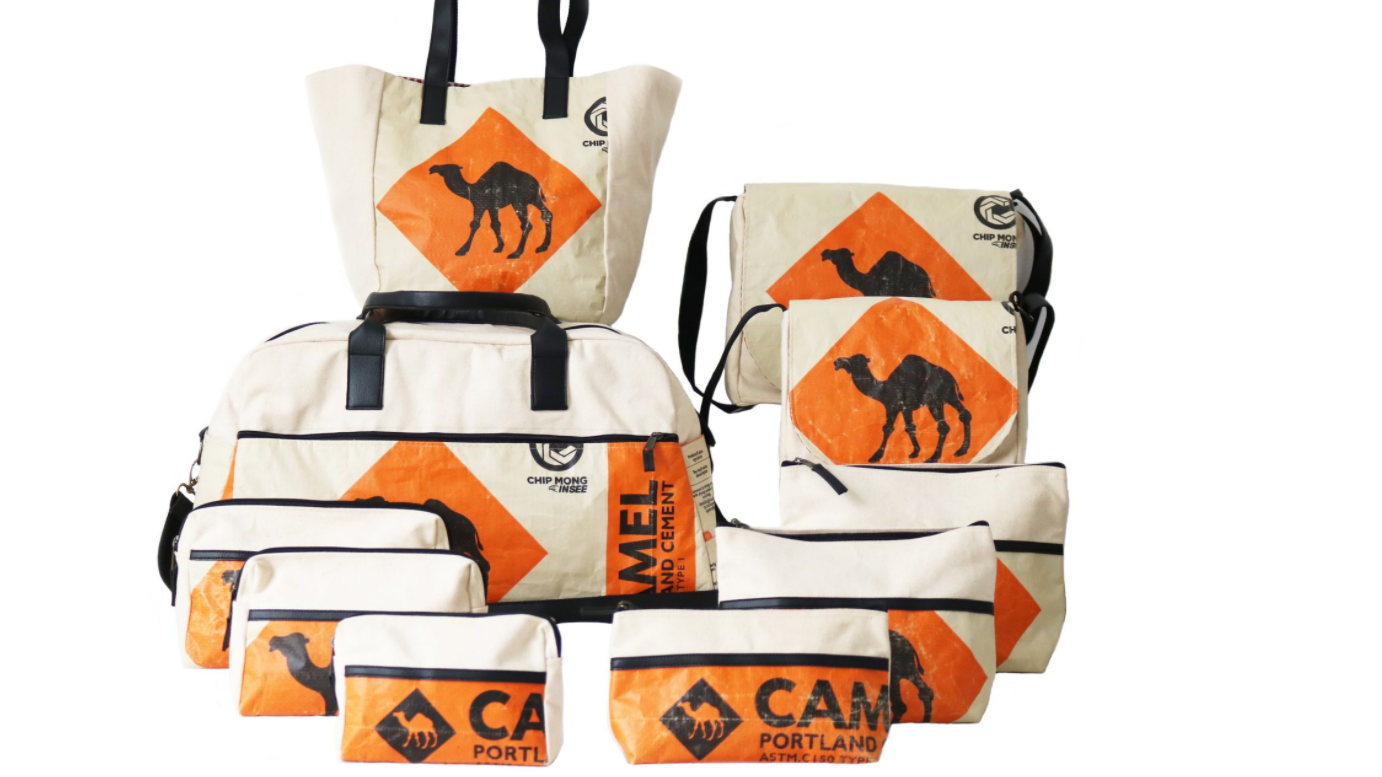
Villageworks also places great importance on the environment, which is why the organisation produces ecologically responsible products and promotes recycling and upcycling in Cambodia.
Anak Bunnak has led Villageworks since 2001. She explains in more detail: “We have five provincial centres where our employees make our products from home. This kind of set-up comes with logistical challenges and additional production costs, but has the advantage that our craftspeople can stay at home and continue to provide for their families. Alongside this, in one of our centres we train and employ people with disabilities.
We mainly sell our products internationally through various fair trade partners, such as Oxfam-Magasins du monde . In 2020 we generated 90% of our turnover abroad. But since the corona crisis, we think it’s risky to only focus on exports. That’s why in the future we want to get a spot at the local market by developing new products.
And within five years we hope to take the next important step by developing our storytelling and expanding our brand. Our goal: to no longer be seen as a charity, but as an ethical brand that makes quality products that people appreciate and want to buy.”
Many different practices, one single scale
So far we’ve talked about the general concept. However, a circular economy has many nuances and practices. In no particular order: ecodesign (which aims to design products with a low environmental impact), functional economy (which focuses on ‘consumption according to use’), industrial ecology (which is based on the exchange of resources between companies), reuse, repair, recycling, etc. Saying that you are part of a circular economy can therefore mean many different things.
That is why it’s not always so easy to find your way, especially because not all these practices are equal in terms of circularity or environmental friendliness. According to Emmanuel Mossay, the easiest way to structure the approach is using ‘Lansink’s ladder’. This is a recognised standard in the field of waste management.
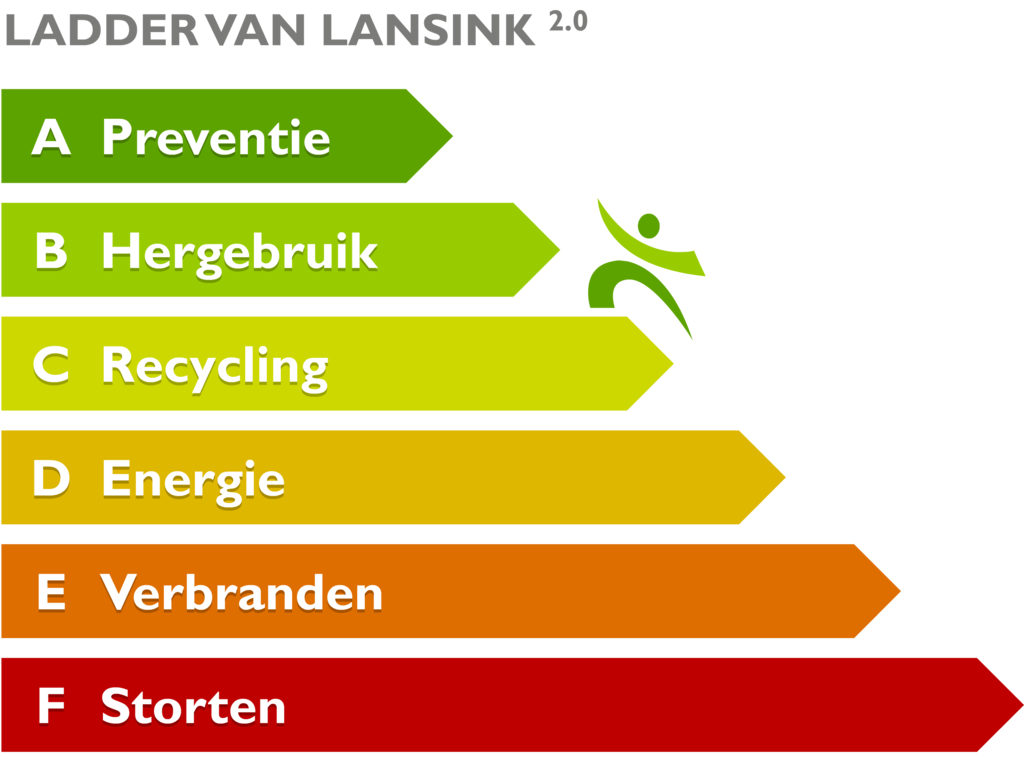
The highest rung of the ladder is ‘prevention’. You could say: the best waste is the waste you don’t produce. This is the most commendable level that is simply about avoiding the production of waste by rethinking the object, rejecting waste, or minimising waste as much as possible. A functional economy, for example, falls into this category. The next rung on the ladder encompasses all initiatives that aim to extend the life of objects: reuse, repair, reconditioning, remake, upcycling, etc. And it is only lower down the ladder that we find the circularity practices that are most widespread today, and which are invested in the most both publicly and privately, namely recycling and composting. Finally, at the very bottom of Lansink’s ladder, we have incineration and landfilling.
“The most deserving players in a circular economy are at the top of the ladder. After all, they want to challenge the current linear economic system. In addition, they try to conserve raw materials as such for as long as possible and to manufacture durable objects that have the smallest possible impact on the planet,” says Emmanuel Mossay.
This is certainly the ambition behind the Chako project, which means ‘yours’ in Swahili. It is a social enterprise based on the island of Zanzibar that specialises in upcycling the waste mountain left behind by the booming tourism industry. The mostly female local artisans skilfully turn empty bottles into trendy lamps. Paper brochures are transformed into colourful beads and old sails from the dhows, the traditional boats, are given a new lease of life as tote bags. All these items can then be bought by tourists and taken home as beautiful souvenirs from the island, meaning that tourists help to solve the waste problem that they themselves caused.
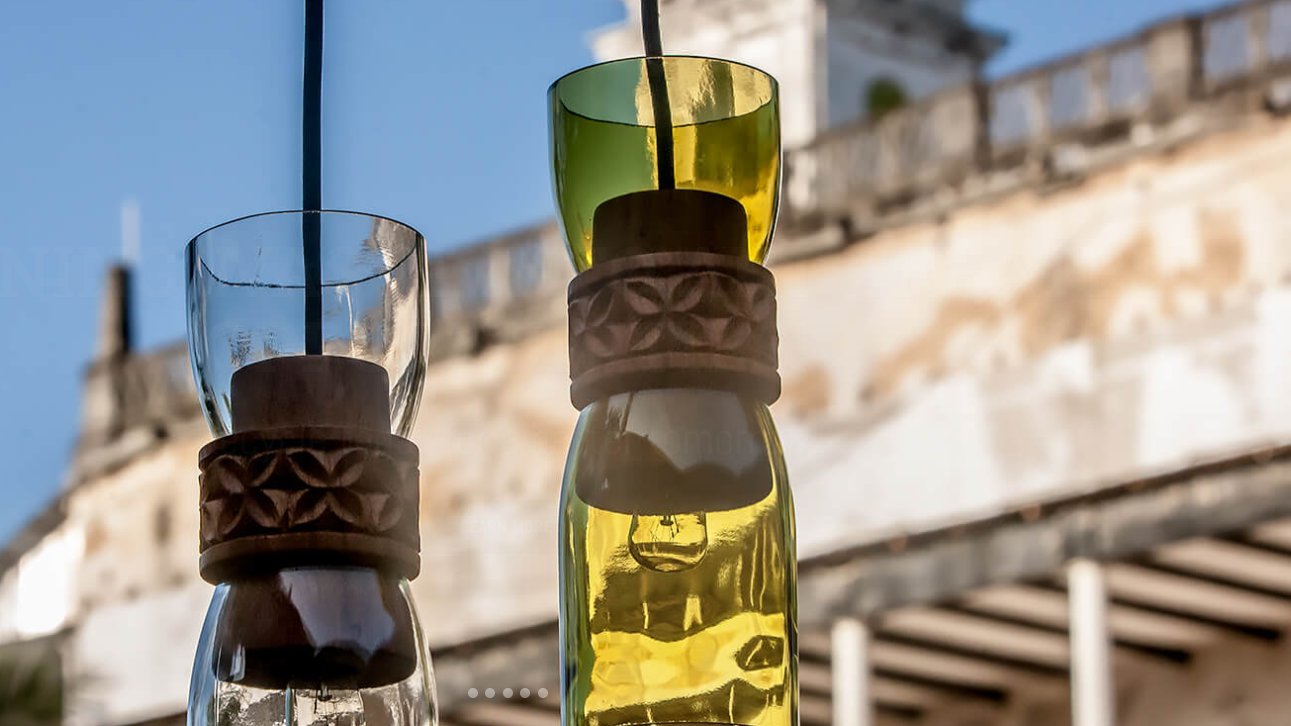
A closer look: Dhaka Handicrafts
Dhaka Handicrafts mainly manufactures and sells baskets made from 100% natural and local materials such as jute or hogla, a Bengal seagrass. The company also transforms discarded clothes into aprons, tablecloths, bedspreads, etc.
Dhaka Handicrafts’ mission is to improve the socio-economic conditions of disadvantaged craftswomen in rural areas and to promote traditional Bangladeshi handicrafts.
Manager Tanu Dey tells us how her organisation works. “We work with approximately 1,100 craftswomen, divided into about 20 groups, and we have 67 employees to oversee an annual production of about a million baskets. Unlike most companies in the clothing industry, and despite the logistical challenges, our workers make our products from home, allowing them to stay at home and take care of their families.

Because the materials we work with are seasonal, we keep a lot in stock so that our craftswomen have work all year round. As for the farmers, we pay them in advance for their harvest. By using natural and local materials, we also avoid pollution and are not dependent on international supplies. We even create the designs ourselves.
To generate sales, we go to international fairs to exhibit our products. We establish contacts with buyers, sign orders, and only then do we proceed to production and finally to export.”
Greenwashing
As there is currently no official way to measure circularity, a number of players are taking advantage of the vagueness surrounding the concept to launch their ‘environmentally friendly’ initiatives. “As soon as a product is even just a little bit recyclable, some are claiming to be part of a circular economy, while that is not the case at all,” says Emmanuel Mossay regretfully. “Just because objects or packaging are recyclable does not necessarily mean that the producer is a leading example of circularity. That is a very minimalist approach to the application of the concept.”
Anak Bunnak, the woman leading Cambodian Villageworks (see above), also notes the trend towards large companies priding themselves on their commitment to social or environmental responsibility. But she doesn’t believe that this goes far enough. “They see it as a form of promotion, with a short-term vision, and not as something you work at every day, with long-term goals.” And although Anak Bunnak does not really see these companies as competitors for her organisation, she still regrets the fact that they are getting in the way of the proper development of initiatives such as Villageworks, mainly because they are misleading consumers.
According to Emmanuel Mossay, it would therefore be wise to set up a system, based on Lansink’s ladder, that goes beyond a simple label and puts an end to the current confusion. Something similar to the energy performance of electrical appliances, the circularity expert suggests. “This kind of system offers a simple ladder or scale that is easy for everyone to understand. People who want to know more also get a more detailed explanation. But just the scale alone, with four or five colours, would already make the consumer’s life easier: What are we talking about? Just recyclable products? Have they been eco-designed? Can they be repaired? And so on.”
In addition, Emmanuel Mossay, who is also a guest lecturer at several Belgian universities, believes that the same could apply to fair trade. “There are sometimes big differences between the various actors in the chain. For example, a product with the Fairtrade label is not necessarily as fair as an Ethiquable product.”
“This is something that circular economy and fair trade have in common,” he notes. “Neither is clearly defined or clearly protected by law, unlike, say, organic farming.”
“We’ve lived in a circular economy for 40,000 years”
In addition, the introduction of a scaling system for circularity would be very beneficial for fair trade, Emmanuel Mossay confirms, because this sector, due to its intrinsic characteristics, is already largely part of a circular economy.
“In my opinion, fair trade actors have always been more or less operating in a circular economy,” says the circularity expert, “especially in the craft sector. The intrinsic reason is that they operate in a predominantly traditional economy. We’ve lived in a circular economy for 40,000 years. Only in the last two centuries have we switched to a linear model, with the aim of running the economic machine at maximum capacity.”
Tanu Dey from Dhaka Handicrafts (see above) confirms this, adding: “Our partners in the fair trade organisations have from the very start encouraged us to work with environmentally sustainable products, but have also never forced us to do so.”
“When I was a child, we hardly ever had any waste in Bangladesh,” she explains. “Back then you didn’t see any of those plastic bottles, packaging, etc. here. For clothing, I watched my grandmother and mother ‘upcycle’ their well-worn traditional saris into other useful household items. Recycling was part of everyday life, and always has been. But nowadays, in the areas where there are clothing factories, for example, if you dig up the ground, you find more and more discarded clothing.” That is one of the reasons why Tanu Dey is currently thinking about new ways to recycle the waste from this very active industry in her country.
Emmanuel Mossay also distinguishes the various aspects that confirm that fair trade and its actors are closely connected to a circular economy. For example, the limited use of harmful substances, to amongst other things protect the health of employees, or the desire to maintain ecosystems so that producers can continue to have access to natural raw materials and therefore make their production more sustainable.
“The workers prefer to work with us (than with large companies) because we provide them with a safer working environment,” confirms Anak Bunnak from Villageworks. “Our disabled employees benefit from adapted infrastructure and equipment, unlike many factories in Cambodia.”
Southern producers have the experience, the capacity and… a lot of waste
The time is certainly ripe for more circular initiatives, and the Southern producers have a lot going for them to be able to jump on the bandwagon. Emmanuel Mossay sees two main reasons for this. “The first is the market, the fact that there is a growing demand for so-called circular products. The producers in the South are adapting to this. The second point is that these producers have access to a lot of waste. Whether in Africa or Asia, the sad reality is that they have masses of waste – that we have exported there – to produce other objects from.”
Remember that the producers in the South have the experience and capacity to successfully commit themselves to a circular economy, the expert emphasises: “For me, there’s nothing that the countries in the North can teach the countries in the South because these countries are already more accustomed to reuse, upcycling, sustainability, etc.”
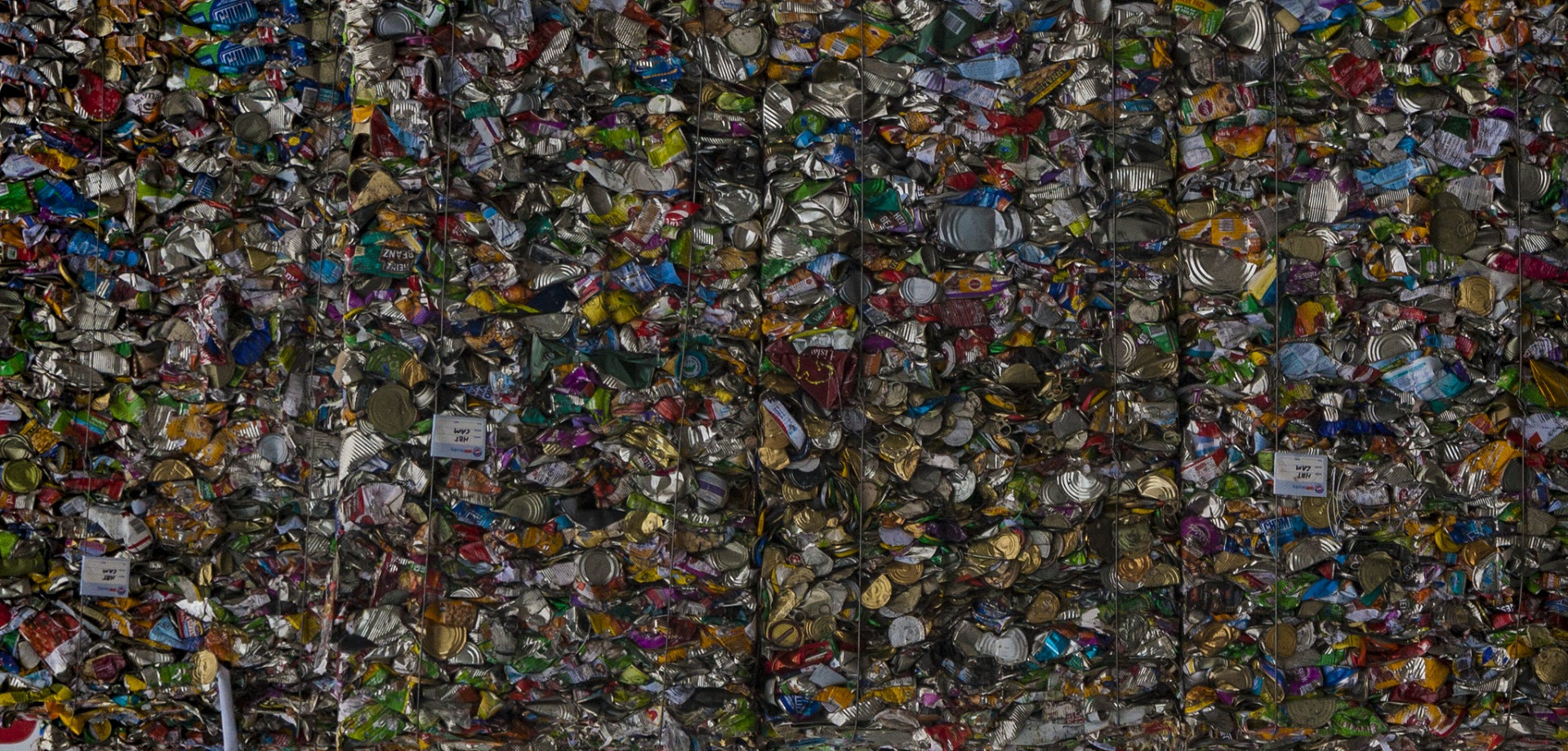
According to Mossay, Western demand for circular products will continue to grow. But one of the biggest challenges for fair trade and its actors will be to prevent consumers of the sector – or at least those who support fair trade and the green economy – from switching to local circular products, meaning that the producers in the South will lose out. He therefore believes that it is in their interest to set up a label, a story or storytelling around a circular economy. “Ideally as rationally and objectively as possible, and based on Lansink’s ladder”, he says.
Preparation for future standards
Mossay is also a project leader at EcoRes, a sustainable development consultancy. In this role, he believes that the various cooperative bodies, in particular the World Fair Trade Organization (WFTO), would also do well to quantify and structure fair trade initiatives in terms of circularity, before categorising them, preferably using Lansink’s ladder, and use this to determine where each of the actors stands. Is the product easy to repair, disassemble, recycle? Are recycled materials used? Can it be transformed into another object? And so on. “Once that is cleared up, we can suggest steps and approaches to them so they can gradually climb up the ladder,” he adds.
According to Emmanuel Mossay, this is how fair trade actors can prepare themselves for the future European standards on circularity that will be introduced over the course of this decade. “France is currently in the process of setting up a repairability scale. But I think that a classification on Lansink’s ladder would be much more relevant in order to save the Southern partners a couple of steps. The WFTO has all the means to do this.”
Winning combo
But all of this can only work if the products offered by fair trade producers actually meet customer demand in the sector. That is why Emmanuel Mossay is a passionate supporter of co-design, i.e. the collaborative eco-design of products between producers in the South and consumers in the North, to work towards better market penetration: “I think this is one of the better fair trade outcomes. Produce in the South and use, share, repair and recycle here in the North. This way of working would also ensure that we develop products that are appropriate for the price at which they are sold.”
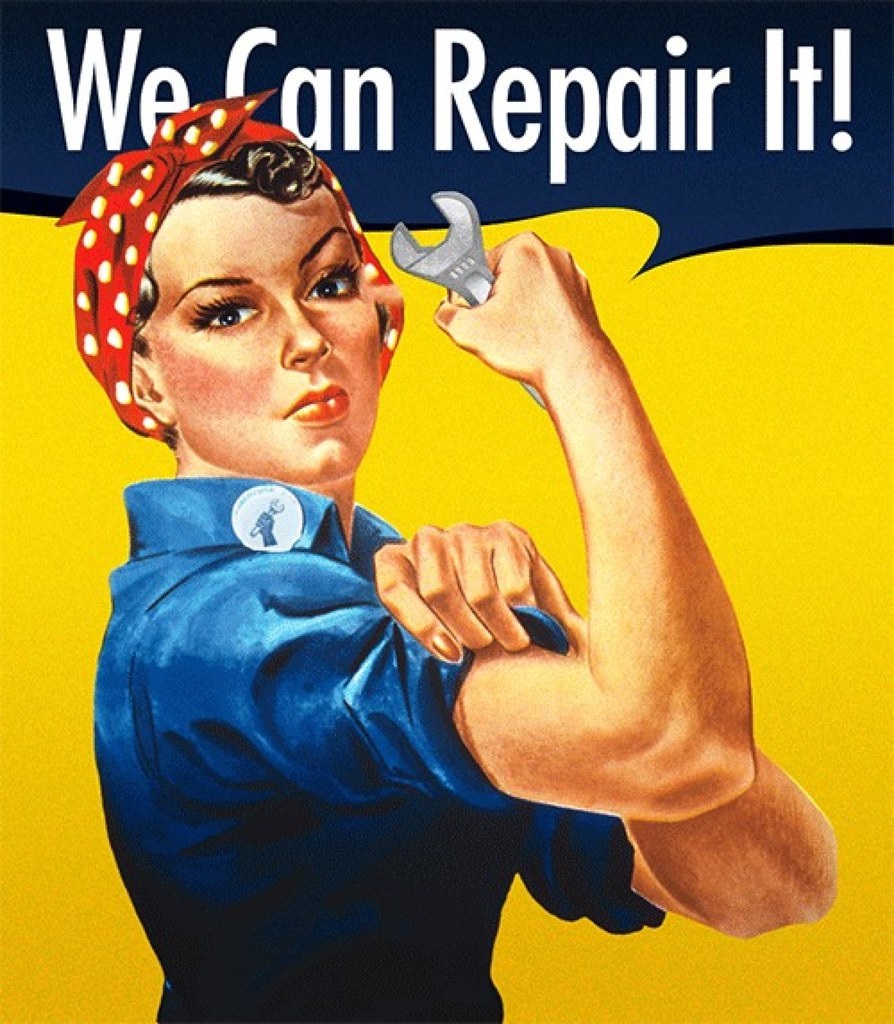
Of course, setting up this kind of process is not without its difficulties, starting with an eco-design that means that all phases of the product’s life must be foreseen: how it can be repaired, transformed… without it having to be sent back to the other side of the world. Not to mention the need for smooth dialogue between service providers in the North and producers in the South. “We’re not there yet…” the circularity expert says with a sigh, but he is convinced that this is a winning combination for the future.
Another circular approach that Emmanuel Mossay finds very interesting for fair trade is the functional economy. “A winning combo for everyone involved,” he says, even though this implies a change to the fair trade economic model and transformations in areas like logistics. In this configuration “the producer in the South could produce quality products, which could even be labelled as luxury products, and which would be used in the North using the subsystem. Because a functional economy actually gives the consumer access to objects of higher quality, but for less use and for a shorter time.”
A bit like the shared scooters that are growing in popularity in our cities? “No, because you always have to look at the total impact,” he says. “And unfortunately the management of free-floating scooters is problematic and their lifespan is often only up to six months. Then they have to be recycled, and that isn’t straightforward… In short, it sounds like a good idea, but isn’t.”
The icing on the fair trade cake that absorbs the benefits of a circular economy would be job creation in the North. “The partners in the South have a wealth of expertise and knowledge. They have mastered all the techniques to repair things themselves. The problem is how we can transfer the principle of fixing things to the North,” says Emmanuel Mossay. “We are no longer used to repairing things. If an item is a bit broken or no longer works properly, it just gets thrown away. In Brussels, for example, 25% of the irons that end up in the tip are still working, 75% of the vacuum cleaners, 25% of the coffee machines…”
But according to the circularity expert, this problem can be solved by eco-design and by entering into partnerships with actors in the North, for example from the social economy, such as sheltered workshops. And fair trade organisations, especially the World Fair Trade Organization, should play a role in introducing this kind of model, he continues. “This is the most interesting for me. It brings together the producers and the actors who import and sell the products in the North. But from what I can see, that’s not a priority right now…”
WTO
The ideas are there, the solutions to build a more just and circular world trade exist. But in reality it seems like a distant future. What is actually standing in the way of this kind of development? “It’s very simple, the answer is three letters: WTO,” Emmanuel Mossay sums up. “The problem is that, today, liberalisation is the basic principle of trade, and that doesn’t allow for any healthy competition between those actors who exploit workers and those that give them decent working conditions. As a member of the World Trade Organization WTO, the only valid reason to ban the import of a product is that you can show from two independent studies that it is very dangerous for consumers in your country. If you cannot demonstrate this, all products may be traded and sold. So we are still very far away from environmental concerns or Article 23 of the Universal Declaration of Human Rights, which is the basis of fair trade.”
More generally, Mossay – who has worked for Oxfam shops during his career – also points to the lack of question marks about the system and the economic story in recent decades. “Whether it’s the right, the left, the unions, the employers, everyone agrees that we need a maximum consumption because that runs the economy, brings in taxes, creates jobs… In short, that’s what keeps the wheel of happiness turning.”
For Tanu Dey, changes can only come from politics. “It’s all in the hands of the government and the politicians,” she says, giving an example: “In Bangladesh, the authorities decided to ban plastic bags 10 years ago. As the jute industry was dying, it was expected to benefit by replacing plastic. It was a great initiative and the law was indeed passed… But it was never actually enforced. And today we still use plastic bags…”
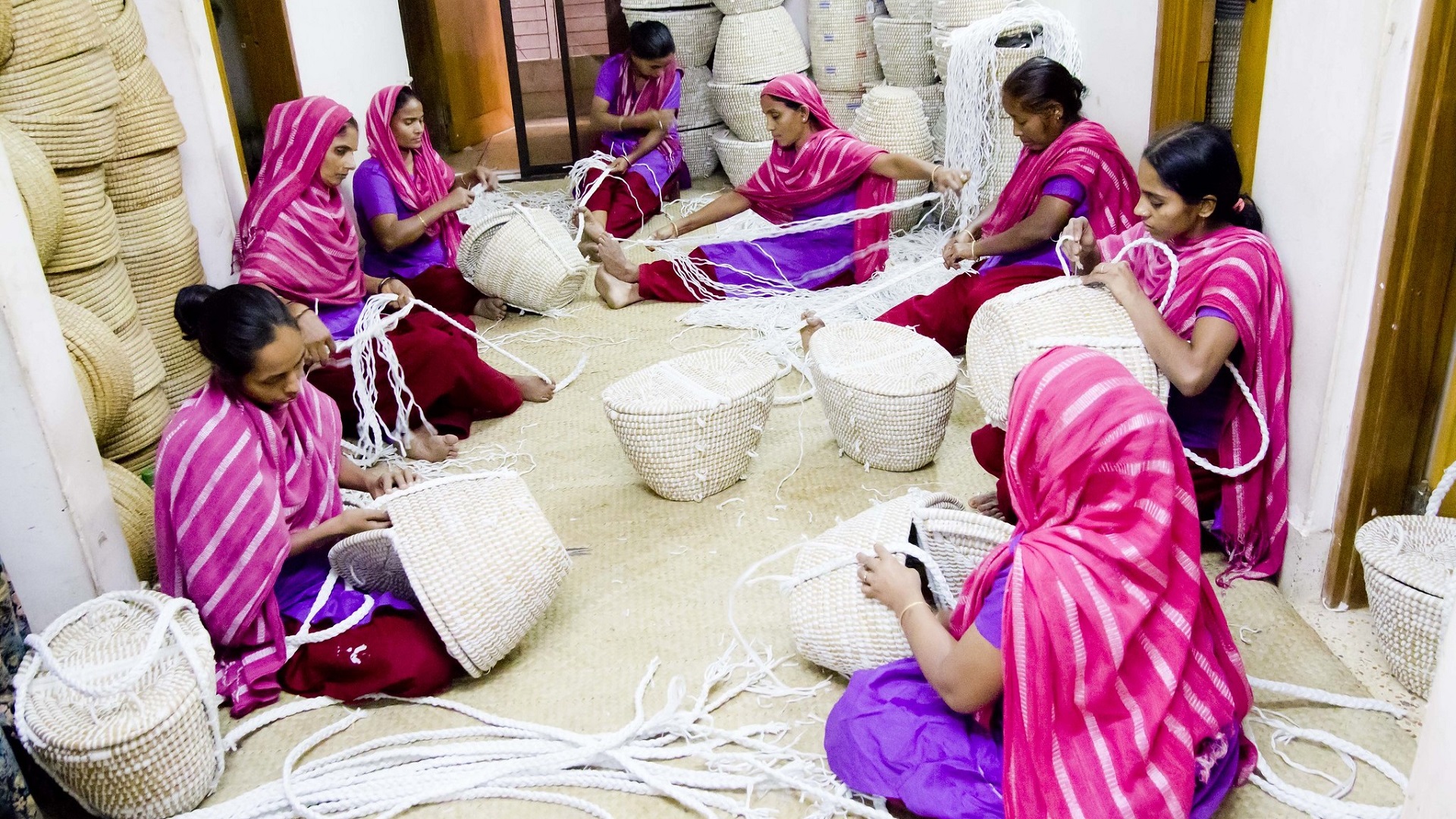
Anak Bunnak tells a similar story: “In Cambodia, for example, we don’t have any special incentives compared to other companies, even though we work for the disabled and for underprivileged women.” That’s why Villageworks, together with fair trade organisations and local associations, is trying to lobby the Cambodian government into getting things moving.
“I think fair trade organisations should work closely together with governments, authorities, legislators and so on,” she concludes. “It is not necessarily easy to adapt to a circular economy. And not everyone is willing to commit to this, especially not the most polluting industries that have everything to lose.”
“We will have to go through even more crises before we achieve a true circular economy”
In Europe, the European Union is certainly trying to make progress towards the ecological transition. It’s doing this via its ‘Green Deal’. However, Emmanuel Mossay regrets that this large-scale project follows the same prevailing logic as before: to work downstream rather than upstream, i.e. through compensation mechanisms, such as tree planting or the carbon quota market. “There is an interesting dynamic in the European Green Deal. It is a step forward, but it is not enough,” he regrets.
The circularity expert also regrets that the EU is still only concerned about direct emissions. “If we take the example of the Brussels-Capital Region, 80% of its CO2 emissions are indirect, and are therefore being emitted on the other side of the planet.”
All of this leads Emmanuel Mossay to say this is a first step, “but others will be needed to move forward.” In this respect, the corona crisis was once presented as the eye-opener that our society needed for a paradigm shift… The circularity expert believed in this for a while, but not anymore. Of course, he believes that some people directly affected by the crisis may be changing their views on the way society works. “But they should be able to recover, which is not the case for everyone,” says the man who co-authored the 2017 book Shifting Economy. Indeed, many people who are really struggling today do not necessarily have enough leeway to change their way of life.
“I think it will take another generation, or a little less, to make real changes. Unfortunately, we will have to go through even more crises before we get to a true circular economy,” warns Emmanuel Mossay. And he concludes: “I think that at some point there will have to be a realisation that the higher the quality of products, and the higher the environmental and human standards, the more we will be able to protect the workers here in Europe and the producers in the South.”
Despite everything, Anak Bunnak remains optimistic about the future: “I think people are becoming more aware of the importance of fair trade. And around the world there is a growing concern about the environment and everything that goes into a product. We just need to find a way to create items that are ethical, but also stylish, and that will appeal to the public.”
Interview by Anthony Planus
Photos
– Heading: Dhaka Handicrafts. Copyright: Fair Trade Connection
– Tassen gemaakt van cementzakken – Copyright: Village Works
– Chako
– Manden gemaakt door hogla – Copyright: Dhaka Handicrafts
– Recycling – Copyright: Steven Penton
– We can repair it – Copyright: Club125.Greenbelt
– Dhaka Handicrafts


